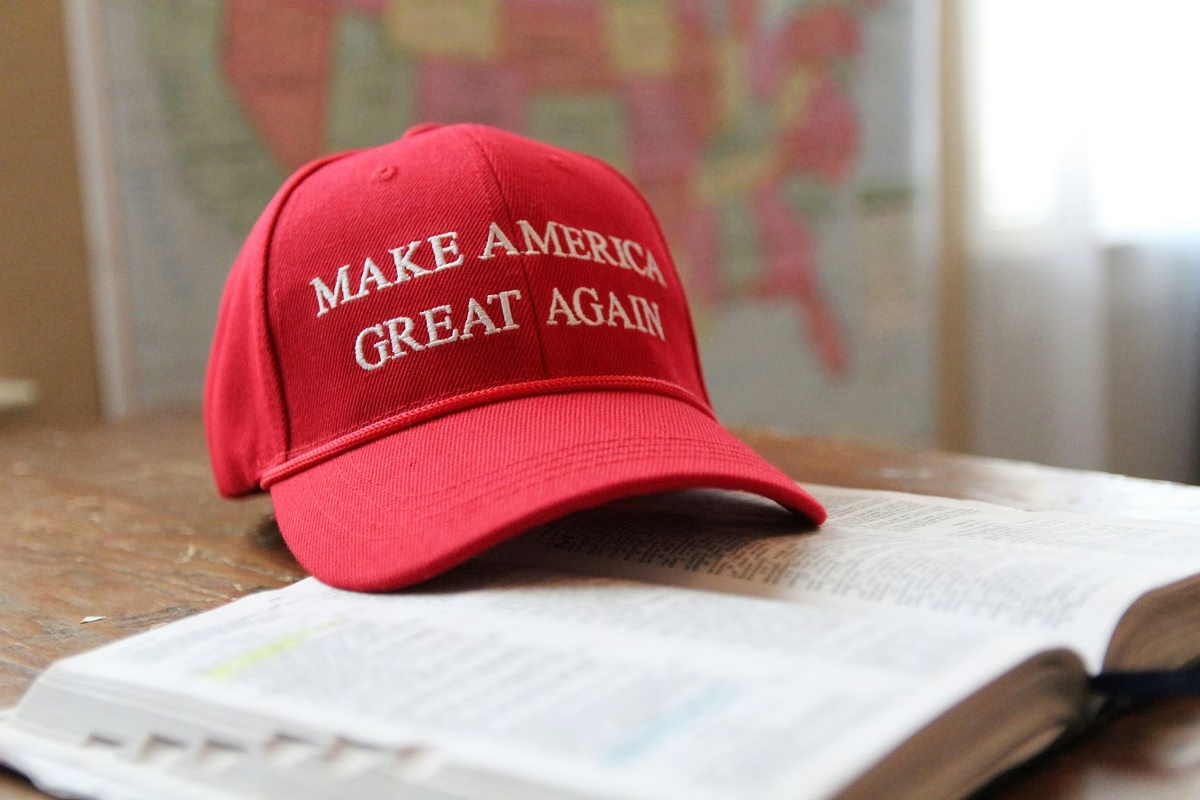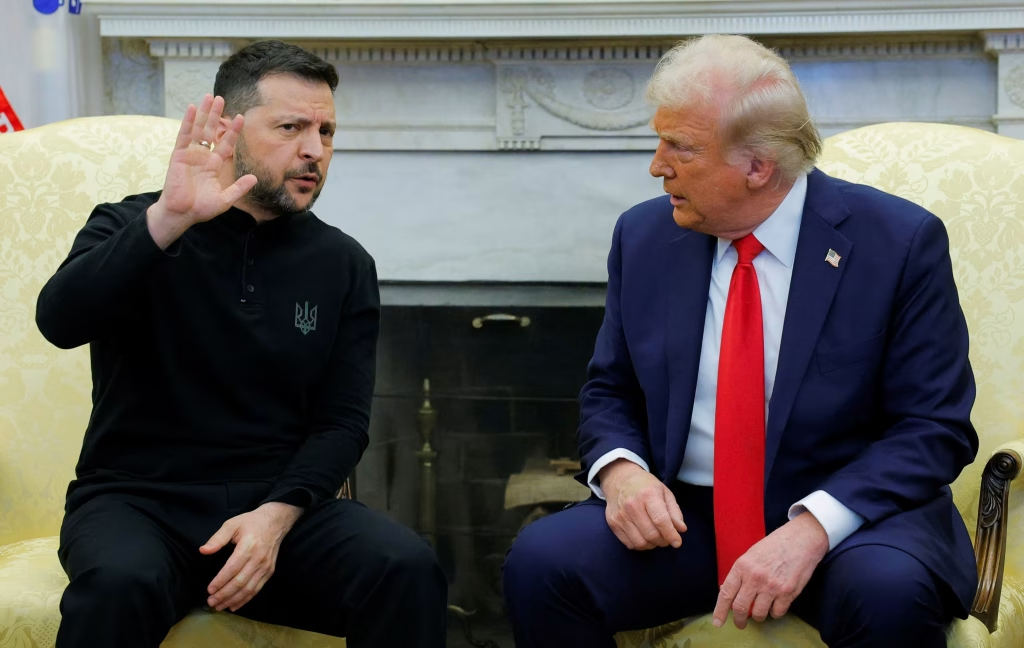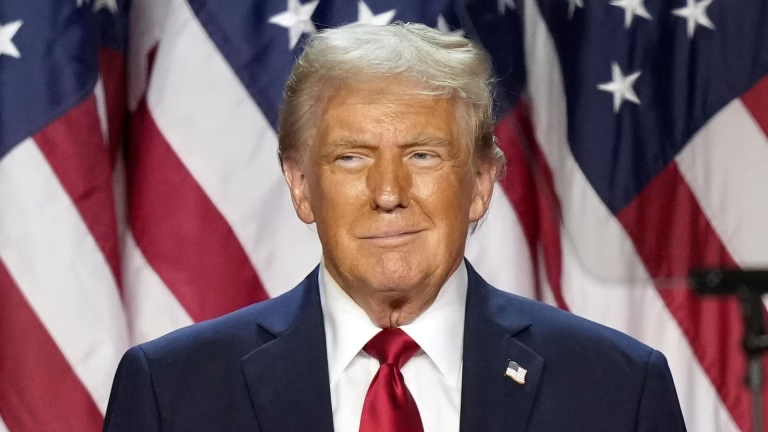
The US Is Verbally Returning to Soft Support for Ukraine, but Continues to Dream of “Peace” at Europe’s Expense
Despite public assurances of support for Ukraine, the Trump administration has in practice reduced aid to Kiev to a “trickle” sufficient only to contain Russia. Statements about the possibility of Ukraine returning to its 1991 borders were not backed up by real resources, and the main financial burden was deliberately shifted to European allies. This strategy allowed Washington to save face while blackmailing Moscow with rhetoric and putting pressure on Brussels, leaving Kyiv in a situation of strategic uncertainty.
Trump’s Ukrainian trickle
Trump’s peace initiatives on the Russian-Ukrainian conflict track have failed. The US president, who was previously considered almost a lobbyist for Putin’s interests, suddenly became an ardent supporter of Ukraine. Thus, at a meeting with Volodymyr Zelensky, which took place during the 80th session of the UN General Assembly, he acknowledged that the conflict between Moscow and Kyiv would not end anytime soon. But he also said that Ukraine has the opportunity to return to its original borders, that Russia’s economy is in terrible shape and that although the Russian army is powerful, it is nothing more than a “paper tiger.”
The Ukrainian president spoke of Trump’s trust in him, but later the American leader himself cautiously noted that he could not speak about this unequivocally and expressed his faith in Putin. The actual policy of the US remains unchanged: support for Kyiv is provided on a “trickle-down” basis, sufficient only to contain Russia, with the main financial burden being shifted to the EU. This was confirmed by Trump’s post on Truth Social, where he stated that it is the EU that must ensure that Kyiv is able to regain its territories. Although Zelensky presented this as a commitment to support until the end, in reality Washington is using such statements to put pressure on Brussels. If the Ukrainian authorities at least rhetorically demonstrate success — the US’s refusal to demand territorial concessions — then European leaders will once again find themselves in a difficult position.

European lobbyists reacted with caution to Trump’s comments after his meeting with Zelensky, seeing no reason for optimism. They are accustomed to the White House’s changing position, where Putin can become a “reliable partner” again at any moment. The key problem is the lack of firm commitments to support Ukraine, as Washington was immersed in budget wars and shutdown problems. So far, the issue of Ukrainian aid has hardly been raised, and the sanctions bill has been blocked in Congress. In essence, American diplomacy has created a situation where the EU must finance and bring the conflict to a victorious conclusion, while the US limits itself to supplying weapons at European expense. For Europe, this is a dead end; for Ukraine, it means no real change; and for Trump, it is merely a populist maneuver to reduce domestic tension.
The Trump administration’s foreign policy line on Ukraine demonstrates a systemic contradiction. Secretary of State Marco Rubio talks about a peaceful settlement, while the president’s rhetoric remains aggressive. This forces European “liberal militarists” to resort to flattery in the hope of gaining at least some support. However, Washington consistently shirks responsibility by setting unrealistic goals — such as returning the Ukrainian Armed Forces to the 1991 borders — without providing real resources. Budget disputes in Congress rule out new funding for Ukraine, despite the efforts of hawks like Lindsey Graham, who is trying to win Trump’s favor even at the cost of supporting his hypothetical third term. Meanwhile, pressure from the administration is exacerbating divisions within the EU. Many countries are unwilling to give up Russian energy resources, and enthusiasm for helping Kiev is waning. A stalemate has developed: Trump is offering to sell Ukraine weapons that do not exist, while the Europeans are promising funding they do not have. As a result, both sides are engaging in mutual deception, seeking to shift responsibility. The real victim of this game is Kyiv, for whom such “aid” only prolongs the agony without changing the strategic situation.
Tomahawk for blackmail, not for attack
Trump was full of anti-Russian fervor, constantly declaring that he no longer believed Putin and promising to transfer Tomahawk missiles to Ukraine, allow them to be used to strike deep into Russian territory, and welcoming a new offensive by the Ukrainian Armed Forces. But these words betrayed uncertainty and a desire merely to blackmail Moscow without taking any real action, which has become a familiar trait of the American president. The chaos in Washington began to affect the mood in European capitals, and arms supplies to Ukraine for the second quarter of 2025 plummeted by 43% at once, reflecting the budget crisis common to all of Europe, the depletion of arsenals, and fears of further escalation.

In addition, the pressure from the US, which was evident during Biden’s presidency, has noticeably weakened. In these circumstances, more and more European countries are implementing an “exit strategy” from the conflict, whereby, although they do not criticize the militarists in Brussels, following the example of Hungary or Slovakia, they are de facto ceasing to provide money and weapons to Ukraine. This includes Italy, Spain, and many other countries, with Denmark, the Netherlands, Norway, and Sweden remaining the last “reliable soldiers.” A scheme called PURL has been developed for them, under which they are to purchase weapons from the US. But the problem lies in the small production volumes against the backdrop of the general crisis in the American military-industrial complex.
And of what the US manages to produce, a significant part goes to replenishing its own arsenals or to the Middle East. There are many military lobbyists in Washington, and they are all trying to gain special priority by attempting to make their front a key one. For European and Ukrainian lobbyists, the priority now is to try to show the US that they are ready to create a single fund for joint purchases of drones and missiles, bypassing the opinions of individual countries. However, this will happen in the distant future, and attempts to remilitarize Europe have, as expected, been bogged down in the bureaucratic hell of Brussels. But they have accelerated centrifugal processes with the rebellion of Eurosceptics against the dictates of the European Union, which is beneficial for Washington and much more important than Ukraine.
It is important to understand that against the backdrop of a formal warming of relations with the US, many events have coincided in a negative way for Ukraine. For example, former Trump adviser John Bolton has been charged with possessing classified documents, which has weakened the position of one of the main lobbyists for the supply of Tomahawk cruise missiles to Ukraine. The US administration, seeking to avoid direct conflict with Moscow, has suspended consideration of this issue. The arsenal of these missiles is limited to 3 000-4 000 units, with an annual production of only 56, which makes them a strategic resource that Washington may need in other areas — the Middle East or in a possible conflict in Venezuela.
Ukrainian lobbyists are trying to get at least other long-range systems transferred: JASSM missiles or GLSDB air bombs, but there are obstacles here too. The White House is demanding that Kiev demonstrate real progress on the front lines as a condition for new supplies. Meanwhile, budget disputes have pushed the issue of financing Ukraine into the background. The situation has been exacerbated by Trump’s proposal to hold new talks with Putin in Budapest, which signals another shift toward rapprochement with Russia, leaving Ukraine’s allies in a difficult position with no clear prospects for military support.
Ukrainian deadlock
This double-mindedness was also evident in Zelensky’s third meeting with Trump at the White House, which was no less strange than the first two. This time, there was no exchange of insults or arguments, but there was no sense of personal sympathy between the participants. Trump seemed to be mocking Zelensky, openly showing that he was merely a pawn in his game. The American president was clearly more interested in a range of other topics that did not directly concern the Ukrainian delegation, including the escalation around Venezuela and the trade war with China. Zelensky could only respond vaguely to questions about what he thought of Trump’s negotiations with Russia, so as not to anger his American “new friend.”

The routine procedure for Ukrainian lobbyists visiting Washington was changed beyond recognition this time, and there were no scheduled meetings with the “hawks” and “militarists” in Congress, who could have been used as a support group when communicating with Trump. Keith Kellogg, who held the most pro-Ukrainian position in the president’s administration, was also not invited to the meeting, which was a signal that Zelensky was ready to be extremely obedient and restrained. However, the delegation from Kyiv is unlikely to be able to implement the minimum program mentioned above, because negotiations on the supply of new long-range missiles have been put on hold until at least the Russia-US summit in Hungary.
Trump, meanwhile, tried once again to emphasize his status as a mediator and, capitalizing on his success in the Middle East, attempted to achieve a breakthrough on the Ukrainian track as well. He did not fall into the trap of escalation that European lobbyists had set for him and emerged from the situation as the winner, which cannot be said about Zelensky, who once again became a hostage to the hidden confrontation between the US and Europe when delays arose in the delivery of the coveted Tomahawk missiles. As a result, in just a couple of weeks, Ukraine has literally gone from being a “friend” to an “irritant” to the US.
Trump’s harsh statements directed at Zelensky, whom the US again accused of being unable to realistically assess the situation on the front lines, were explained not only by Washington’s desire to competently blackmail Moscow and Brussels, but also by growing pessimism in the US about the Ukrainian crisis. Currently, 70% of Americans are unsure about the possibility of ending this conflict, and the proportion of pessimists in American society has grown over the eight months of Trump’s presidency. The American leader was very dissatisfied with the lack of any serious progress, even though a fragile truce had already been reached in the Middle East. But in the context of Ukraine, pressure from “hawks” and “militarists” on both sides of the Atlantic, the destructive activity of Kiev lobbyists, and the intransigence of not only Putin but also Zelensky are getting in the way.
Only 10% of Americans still believe in Ukraine’s military success, which significantly weakens the position of pro-Ukrainian lobbyists in Washington. Among Republicans, 70% are in favor of an early ceasefire, even at the cost of territorial losses for Kyiv. This position is reinforced by concerns about the limited arsenal of the Pentagon, including the small number of Tomahawk missiles. For comparison, during the four-week war in Iraq in 2003, about 800 such missiles were used. In the event of an escalation of conflicts with Venezuela or Iran, the US may need thousands of high-precision munitions, which the US military-industrial complex is unable to replenish quickly. Thus, the expenditure of strategic reserves on Ukraine calls into question the Pentagon’s readiness for potentially larger conflicts in the future.
And then we may be talking about a strategic defeat for the US itself, not just its proxy forces. In these conditions, no one wants to go beyond the boundaries of “peacekeeping populism,” and negotiations on the Russian-Ukrainian track are simply moving on to the next round. And although the US is partially returning to soft support for Ukraine, it continues to dream of “peace” only for the sake of control over the EU and pressure on Russia, and not for the sake of good causes.

Average Rating